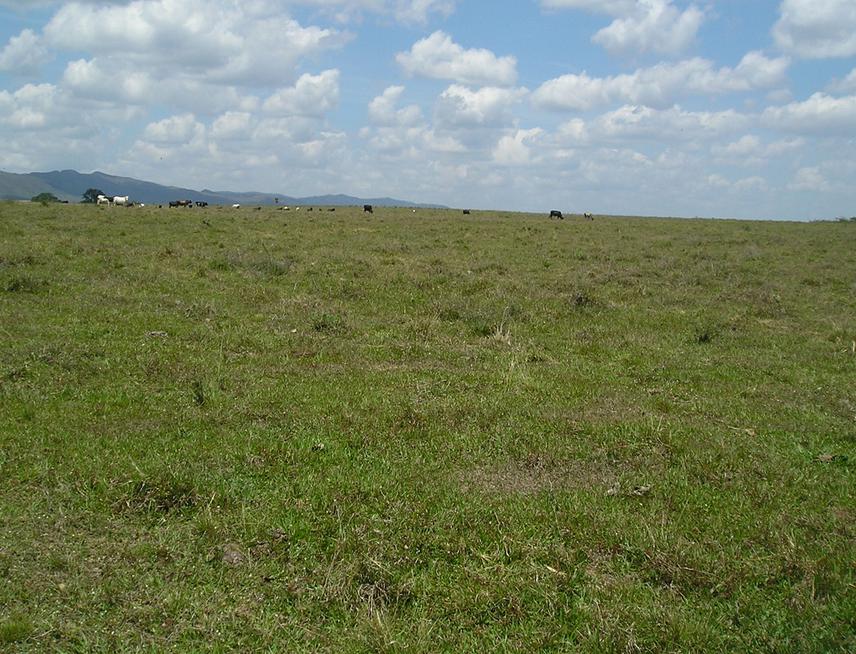Rigel Fernández Valle
The goal of this project is to balance functional diversity between three different natural and man-made systems inside this protected area. We also aim to obtain AMF native strains and conserve them (ex-situ) for further management proposals.

Natural Savanna.
Sabanalamar is conspicuos savanna systems at western of Cuba regarded as protected area. Holding a particular soil type, the so called “white sands” in which are settled 87 botanical families, with 11 local endemics. Despite such features, agricultural practices as principal economical activity become a permanent menasse. Native areas have been burned and they becoming soon in pasture land due to they are nutrient deficient systems. Arbuscular mycorrhizal fungi (AMF) have a relevant role for plant nutrition and soil quality enhancement. From such symbiotic soil fungi, which are coevolved with land plants, are just known no more than 200 species.
Few conservation projects have been carried out at Sabanalamar. However, most of them had been focused on the megafauna and macroflora, missing soil microbiota. Our main goal is to balance the functional diversity, measuring few mycorrhizal variants between three different plots of natural, replacement, and agricultural systems, within this protected area. On the other hand and for the very first time at this site, we aims to obtain native strains of AMF and conserve them (ex-situ). Understanding the AMF community and their effects on ecosystems properties is important for long-term comprehension about consequences of chronic anthropogenic perturbations. Settlement of a collection with native strains will provide and support local efforts to enhance food security throughout sustainable methods. Since changes induced in fungal community structure may alter plant community structure, belowground allocation of nutrients and soil aggregates stability. Our results will enrich and update the records of diversity and features of the symbiosis at each system, useful for further management’s proposals at this area.
Also we aiming to overcome lost of key species, determinant in ecosystem resilience. Pure and living collections of AMF strains, hopes to contribute to local programs of biotechnology (i.e. biofertilizers based on mix of native strains, as inoculants for traditional crops), and further proposals (i.e. research, undergraduate training). Moreover, identification of soil spores types is essential to adequately obtain primers to performs molecular ecology, an important tool in the near future to assess soil’s microbiota ecology.